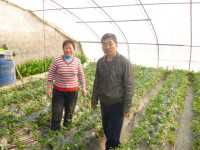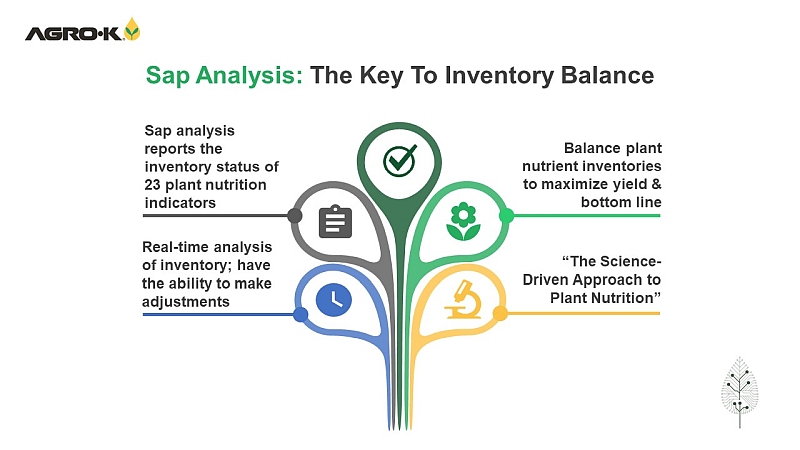New Report From International Strawberry Symposium

The International Strawberry Symposium (ISS), like the Olympics, is held ever four years. But the 7th ISS, which opened Feb. 18 in Beijing, truly is the Olympics of strawberries. The world’s strawberry community is being treated to the same kind of superb organization, hospitality, and spectacle. The opening ceremonies featured an intricate and impressive combination of lightshow, music, photographic images, and dancers. China is now the world’s largest strawberry producer and it is proud to show off its growing strawberry industry to the rest of the world. About a thousand attendees have come from 66 different countries, to hear about advances in strawberry research, learn about new varieties, network with each other, see something of China, and advance the Symposium’s goal of “Better Strawberry Happier Life”. We’ll get a chance to visit a special Strawberry Exposition Garden, built especially for this event, showcasing China’s many wild strawberry species and cultivars from all over the world, as well as farms and research institutes.
New Report From Feb. 26: Yesterday, I visited two strawberry farmers, who each has two greenhouses, about 1/6 acre total. They used to raise field corn in the same space, but strawberries definitely provide more income! There are 70 greenhouses operated by 30 families in this small area. They all started raising strawberries six years ago, with the help of the local Beijing Extension service, possibly from the University (it is a bit unclear what government body does what). Their biggest problem is getting high-quality, disease-free plants, which is a complaint many U.S. growers will relate to.
Much of their fruit is sold pick-your-own, and the sign in the picture within this story advertises PYO for the whole group of greenhouses. I asked if they had to compete against each other, with their greenhouses all right next to each other, but it seems pretty low key — a customer will find a grower with the fruit they like, and come back to the same place again. Going to pick strawberries is a popular activity, and the farms are a destination; people will come from a long ways away and pay higher prices than they do in the store.
Feb. 22: Here at the Seventh International Strawberry Symposium in Beijing, the Chinese have given strawberries true celebrity status. The Symposium’s attendees have been welcomed by huge banners and billboards, attended by an army of eager student helpers, treated to an elaborate Olympic-style Welcome Ceremony, and other festivities. The Chinese are proud to be hosting the world here, and China’s strawberry industry has been burgeoning the last few years. Most impressive is a brand-new Strawberry Expo Garden, a short ways down the road from the hotel hosting the Symposium. Its 67 hectares include 44,000 square meters of high-tech multi-span greenhouses and smaller Chinese-style solar greenhouses, as well as educational exhibits, and a set of elegant white buildings designed to look like giant white strawberries. During the Symposium, an exhibition featuring more than 300 companies, both Chinese and international, has been open to both symposium attendees and the general public, with the media much in evidence. This all seems good for the stature of strawberries in the mind of the public and the authorities, and the Strawberry Gardens are planned to remain as educational and research center for the future.
One day of the conference was devoted to “technical visits,” starting with the Expo Gardens. The acres of state-of-the-art greenhouses feature labeled rows of commercial varieties (mostly Chinese, Japanese, and American; I did not see European cultivars), under several greenhouse substrate production systems. In several smaller greenhouses we saw different kinds of wild strawberries from all over the world, all small and scraggly, and quite different from each other. Of the 25 recognized Fragaria species, thirteen are native to China, more than any other country. Others showed off pink and red flowered ornamental strawberries. “Pink Panda”, the first of these, was bred in England, but the Chinese have taken up breeding ornamental strawberries with enthusiasm. Some of these also had quite respectably sized fruit; according to the signs, flavor varied. An idea for hanging baskets for Mother’s Day sales, perhaps?
The day also included visits to two local farms or breeding research facility — I chose the farms. Strawberries in the Beijing area are all grown in solar greenhouses, and this Chongping area has seen a booming growth in strawberry production, with considerable government support. These farms are close to Beijing, producing large, very sweet, soft fruit with minimal shelf life. The berries are expensive and often sold PYO. These farms were both large enterprises, but most farmers have only a few greenhouses. Tianyi Strawberry Ecological Farm, with 1,800 solar greenhouses on 200 hectares, is the largest solar greenhouse strawberry producer in China. It’s an integrated company that has its own plant production, elegant branded packaging, marketing, and IQF processing as well.
Tianrunyuan Strawberry Cooperative has 152 member households and about 300 greenhouses. It provides plants, supplies, training, unified packaging, and help with marketing to its members. Here the most interesting part of the visit were demonstrations of different management systems, and especially of fumigation methods. Two of the more intriguing were ozone treatment (in water) and “capsule fumigation” — capsules of fumigant, looking very much like large pills, are buried in the soil at regular intervals, then the greenhouse is tarped. Irrigation breaks down the capsules and lets out the fumigant.










